In today’s technology-driven world, virtualization plays a role in software development and testing. Windows virtualization software has become essential for developers and testers as it allows them to create environments within their existing systems. It enables them to test applications on different operating systems and configurations. Here are the 20 Windows virtualization software options for testing environments. We’ll delve into their features and benefits.
1. VMware Workstation
VMware Workstation is a tool that empowers users to create, manage, and run machines on a single physical machine. It offers functionalities like virtual machines, snapshotting capabilities, and the ability to run multiple operating systems simultaneously.
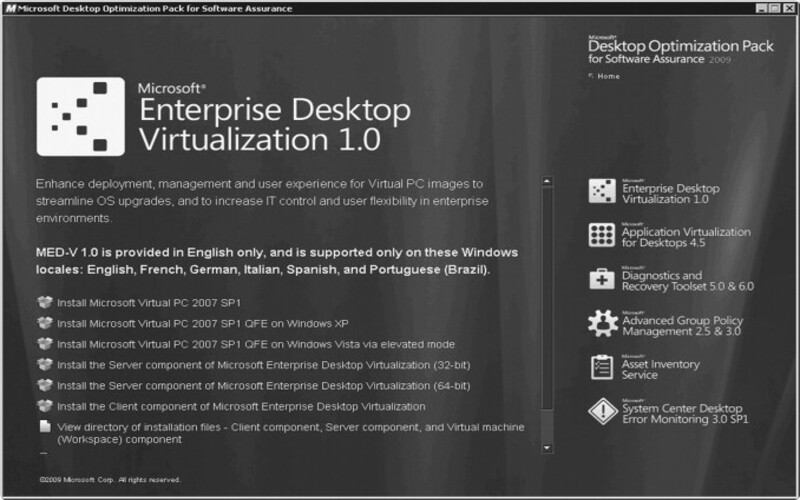
2. Oracle VM VirtualBox
Oracle VM VirtualBox is open-source software that enables users to run operating systems on a machine. It provides a range of features, including integration with the host system’s Windows shared folders for easy file transfer between the host and guest systems and support for live migrations.

3. Microsoft Hyper V
Microsoft Hyper-V is a hypervisor for Windows systems. It offers features such as dynamic memory allocation, live migration capabilities, and support for availability scenarios. It allows efficient creation and management of virtual machines, providing features like dynamic memory allocation, live migration, and support for availability scenarios.
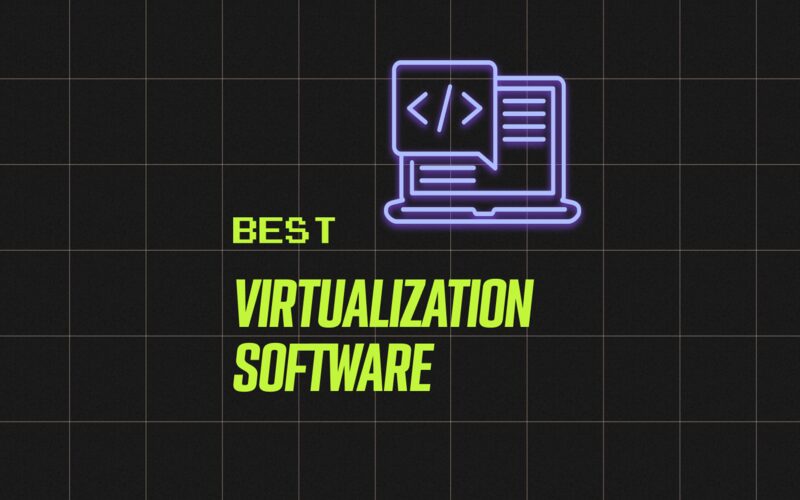
4. Parallels Desktop
Parallels Desktop for Mac is software built for macOS users who wish to run Windows and other operating systems on their Macs. Parallels Desktop for Mac is a software designed for macOS users to run operating systems like Windows on their Macs. It offers features like Coherence Mode that integrate Mac and Windows applications. Other features include efficient resource management and compatibility with various operating systems, improving productivity, and providing flexibility to users.
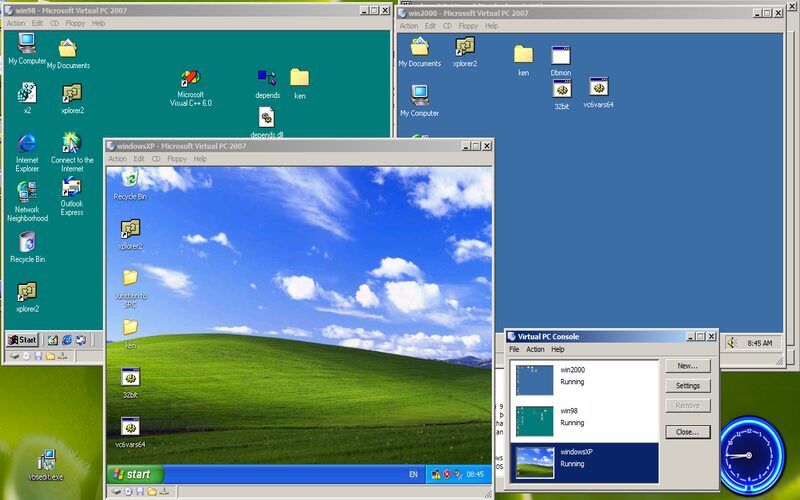
5. Citrix Hypervisor
Citrix Hypervisor, previously known as XenServer, is a virtualization platform that offers enterprise-grade features. It offers features like live migration, high availability, and support for both Windows and Linux operating systems.

6. QEMU
QEMU is software for virtualization that’s source-based and provides complete system emulation. It supports a range of CPUs and architectures, allowing users to use it for desktop and server virtualization.

7. Xen Project
Xen Project is an open-source hypervisor that enables users to create and manage machines on Windows and Linux systems. It offers migration, memory ballooning, and support for hardware-assisted virtualization.

8. Proxmox VE
Proxmox VE is a virtualization platform that combines virtualization, containerization, and storage management into a solution. It offers capabilities like migration, high availability, and support for virtual machines and containers.
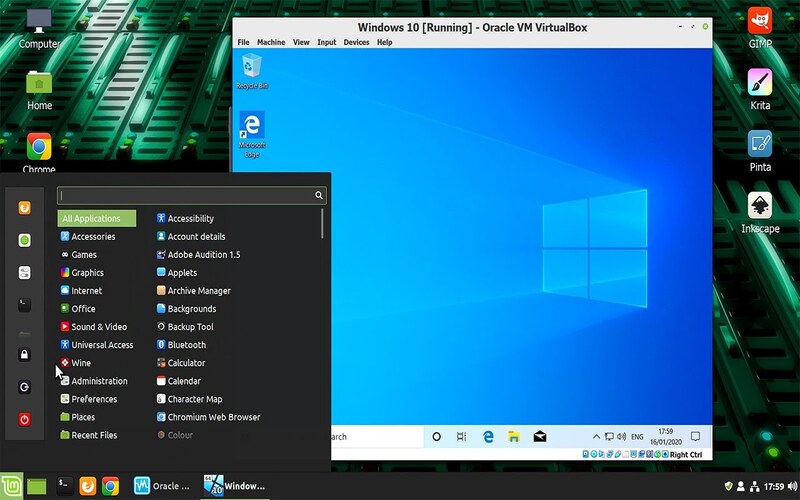
9. VMware Fusion
VMware Fusion caters to macOS users as virtualization software. It allows the operation of Windows, Linux, and other operating systems on Macs. Notable features include Unity Mode, which facilitates running Mac and Windows applications side by side.
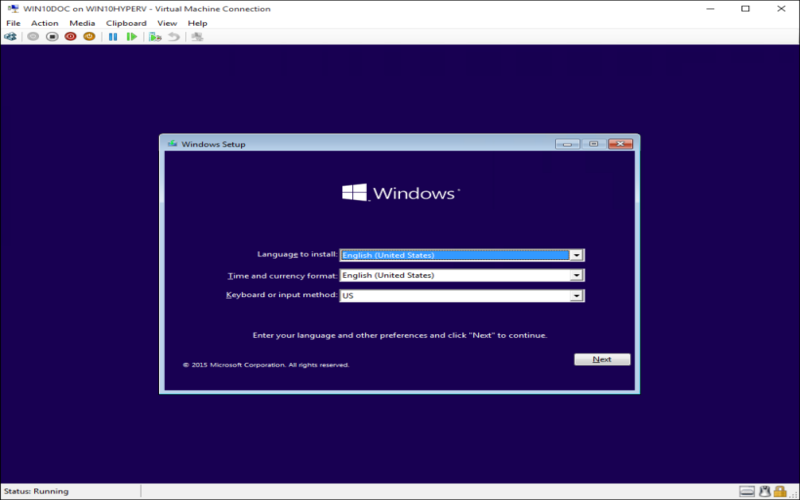
10. Virt Manager
Virt Manager is a graphical user interface designed for managing machines in an open-source environment. With its easy-to-use interface, users can effortlessly create, edit, and manage their machines on Windows systems.
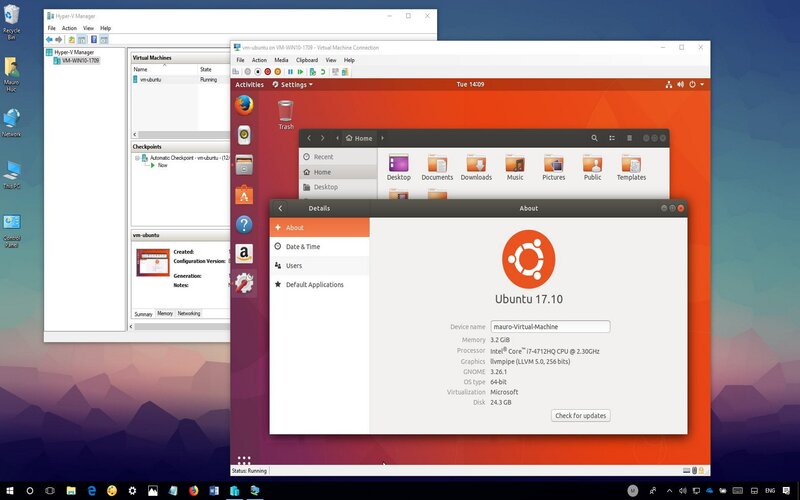
11. HyperV Server
HyperV Server is a hypervisor that offers users an efficient way to virtualize their systems. It comes with features such as migration, failover clustering, and support for both Windows and Linux operating systems.
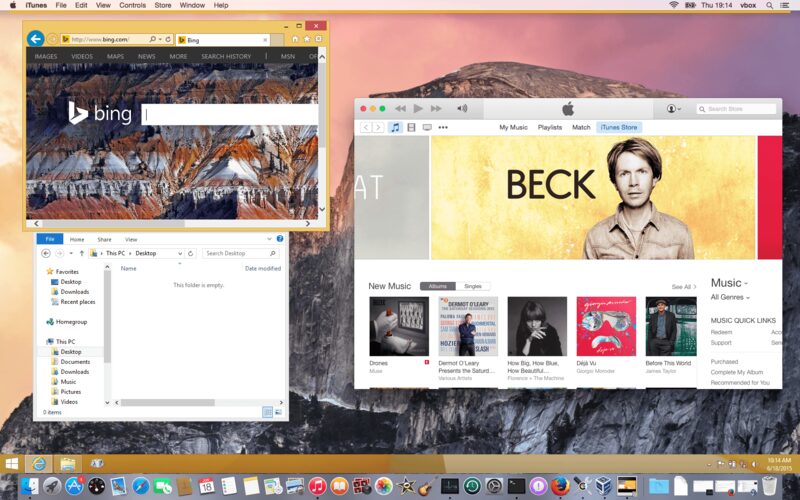
12. KVM
On the other hand, KVM (Kernel-based Virtual Machine) is a virtualization solution specifically designed for the Linux kernel. KVM (Kernel-based Virtual Machine) is a virtualization solution designed for the Linux kernel. KVM offers features such as live migration, thin provisioning, and support for both Windows and Linux guests. These features enhance flexibility and efficiency in virtualization setups for Linux users.

13. Virtual PC
A virtual PC is software developed by Microsoft that enables users to run operating systems on one computer. It offers features like seamless window integration, the ability to clone machines, and support for older applications.
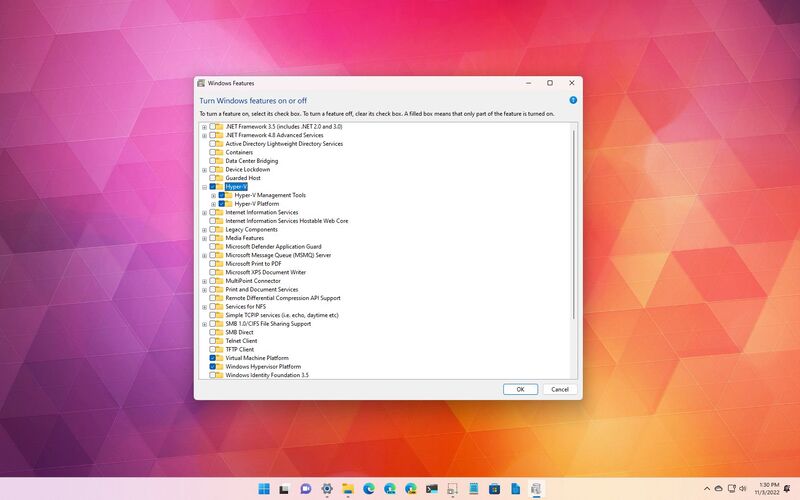
14. Red Hat Virtualization
Red Hat Virtualization is a high-quality virtualization platform designed for enterprises. It allows users to create and manage machines on both Windows and Linux systems. Some of its features include migration, high availability, and support for virtual machines and containers.

15. Virtual Iron
Virtual Iron is a virtualization software designed for enterprise customers. It provides features like migration, resource pooling, and compatibility with Windows and Linux operating systems. These features enable efficient management of virtual machines, optimize resource utilization, and ensure compatibility with various operating systems to meet the needs of enterprise environments.

16. Vagrant
If you’re looking for an open-source solution focused on creating and managing development environments, Vagrant could be your go-to option. It simplifies automating the creation and setup of machines so that developers can easily share their development environments.

17. Docker
Docker is an industry-leading containerization platform that facilitates applications and dependencies into containers. This technology enables consistent application execution across various systems and environments, offering high flexibility and portability. By leveraging Docker’s containerization platform, organizations can streamline their application development and deployment processes, achieving greater agility and scalability.

18. OpenNebula
OpenNebula is an open-source cloud management platform that allows users to create and manage machines and containers. It offers self-service provisioning, multi-tenancy, and seamless integration with hybrid cloud environments. OpenNebula provides a flexible and scalable solution for managing clouds, enabling efficient resource allocation and utilization for organizations of all sizes.
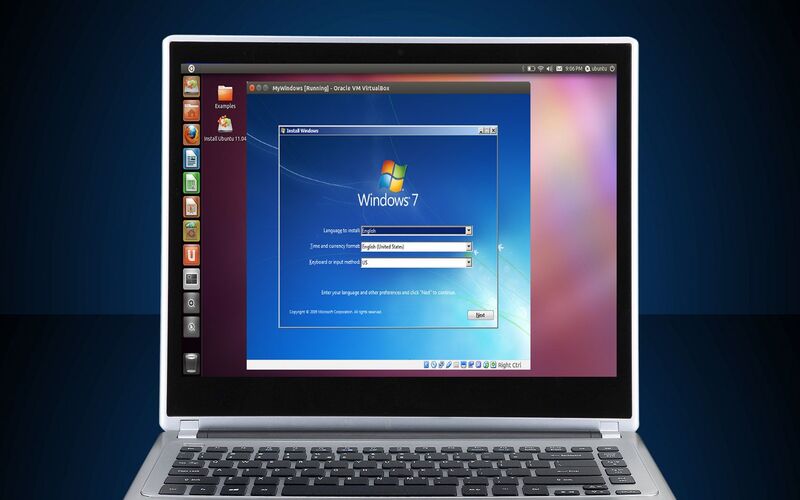
19. Nutanix
Nutanix has emerged as a leading solution for converged infrastructure, providing a comprehensive virtualization platform. This innovative solution integrates virtualization software and defined storage, resulting in a streamlined management process for virtual environments. Nutanix’s approach simplifies the complexities of managing virtualized systems, offering organizations a robust and efficient solution.
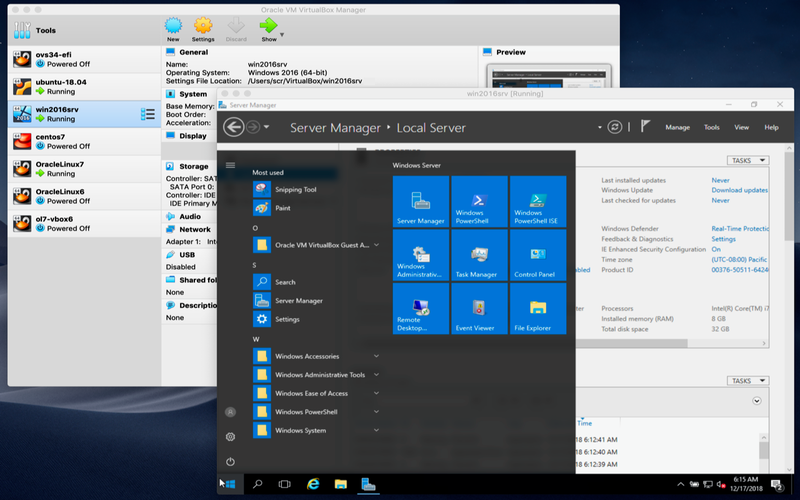
20. NG
Even NG is a platform that allows users to create and manage network topologies, providing network engineers with a testing environment to design, configure, and test their network setups. NG is a remarkable platform that empowers users to create and manage network topologies. This platform is a valuable tool for network engineers, offering a testing environment to design, configure, and test network setups. With NG, network engineers can effectively validate their network designs and configurations, ensuring optimal performance and reliability before implementation in real-world scenarios.
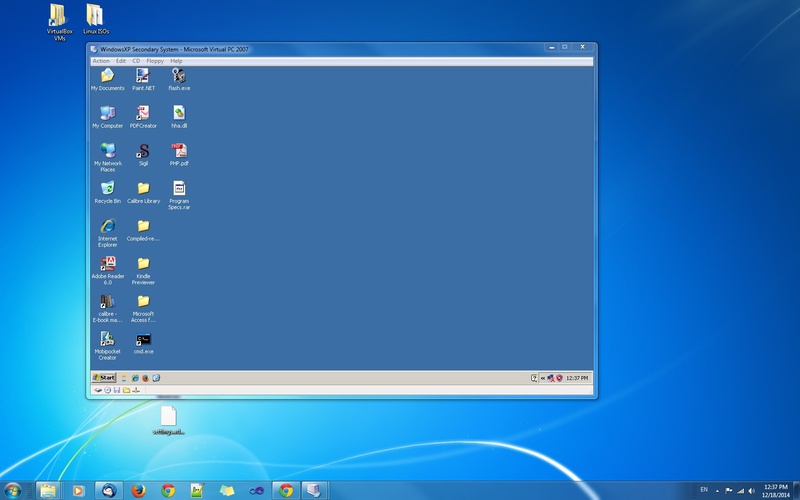
Conclusion
This article highlights the 20 software options, each offering a range of features and capabilities to cater to different user needs. Whether it is VMware Workstation, Oracle VM VirtualBox, Microsoft Hyper V, or any other mentioned in the list, virtualization technology continues to play a role in facilitating testing environments for developers and testers alike.




















